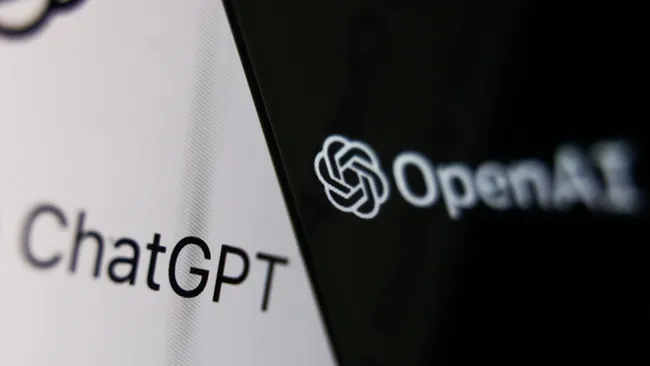The Popularity of ChatGPT
The average PC user likely thinks of ‘ChatGPT’ whenever generative AI is mentioned. As arguably the world’s most well-known and widely used LLM (large language model) system, ChatGPT has gained considerable fame. However, an investigative report into the financial status of its creator, OpenAI, suggests that despite its popularity, the immense costs of training AI models and running the servers that host them are driving the company towards an operational loss of $5 billion.
Financial Investments and Challenges
Founded in 2015, OpenAI has expanded significantly due to multiple investments, with Microsoft pouring billions of dollars into the AI firm over the years. The most recent injection of $10 billion in early 2023 was rumored to include a 75% share of OpenAI’s profits and a 49% stake in the company. In return, OpenAI gained access to Azure cloud servers at a substantially reduced rate. Despite these investments, OpenAI’s financial projections suggest it isn’t making enough money and could post a significant loss by the end of the financial year.
Operational Costs and Market Competition
It is reported that OpenAI has spent roughly $7 billion on LLM training and inference, as well as $1.5 billion on staffing. Analysts estimate that running ChatGPT costs about $700,000 per day due to the expense of NVIDIA’s AI servers. These substantial operational costs contribute to the financial strain on the company. Additionally, OpenAI faces competition from other companies developing generative AI systems, such as Anthropic, Amazon, Google, Nvidia, Meta, and others. While ChatGPT remains the most well-known, it is capturing an increasingly smaller share of the overall market revenue.
Future Prospects and Challenges
The pursuit of AGI (artificial general intelligence) is one of OpenAI’s primary goals, which is likely consuming a large portion of its profits. Despite dire warnings of potential bankruptcy, some analysts remain optimistic, suggesting that the relative costs of AI training, inference, and chip manufacturing will decrease over time as more companies enter the market. OpenAI’s future, therefore, hinges on its ability to navigate these financial challenges while maintaining its position at the forefront of AI innovation.

